Disclosure: This post may contain affiliate links. Please read our disclosure policy for more information.
Congratulations on your little bundle!
After 9 months of nurturing, some hard labor, and probably a day or two at the hospital getting to know each other, you are now home and learning how to care for your perfect little baby.
Whether you are a first time mommy or have several children, each baby is his own little person and your breastfeeding experience can be very different from one baby to the next.
On the first few days after the birth, your breast is producing colostrum – a golden yellow liquid, which I like to call liquid gold. It is very concentrated and your newborn will only need about a teaspoon at a time.
By the time you get home, your body will transition from colostrum to milk and you will experience the milk coming in. You can expect that to happen around day 2 to 4. At that time, feed your baby as much as she needs if you are able to. Each time you feed her, your body gets the signal to produce more milk for the next feed and the amount of milk your breast produces will increase or decrease based on how often and how much baby breastfeeds!
What I wish every new mom knew, is that breastfeeding will hurt. Whether your baby latches properly or needs help to place his tongue, please be prepared to hurt for a few days to a few weeks. It is ok, it is normal!
If you are at baby #2, #3, or more… your breasts will hurt also. Your skin needs to toughen back up and your new baby needs to learn how to eat.
I breastfed all 3 of my babies. My first daughter was breastfed for 6 months. My son for 8 months. And our last one was exclusively breastfed for 1 year and 2 weeks. She did not see a plastic nipple until I had to leave her with my mom for a few days…
All 3 of my breastfeeding beginnings were very painful. I bled… I cried… but hang in there, Mama! Hang in there. You are doing the very best for your baby, yourself, and are about to create wonderful memories and a bond with your baby that you can’t imagine possible. If you can make it through the first month or so, you will be set to breastfeed as long as you and baby desire!
Learn how to take care of your breasts and manage the pain in the first few weeks. If like I did, you have episodes of pain or engorgements later on, feel free to use those same tips for acute treatment. You will find that what works best are natural remedies.
HAPPY BREASTFEEDING! HANG IN THERE MAMA!!
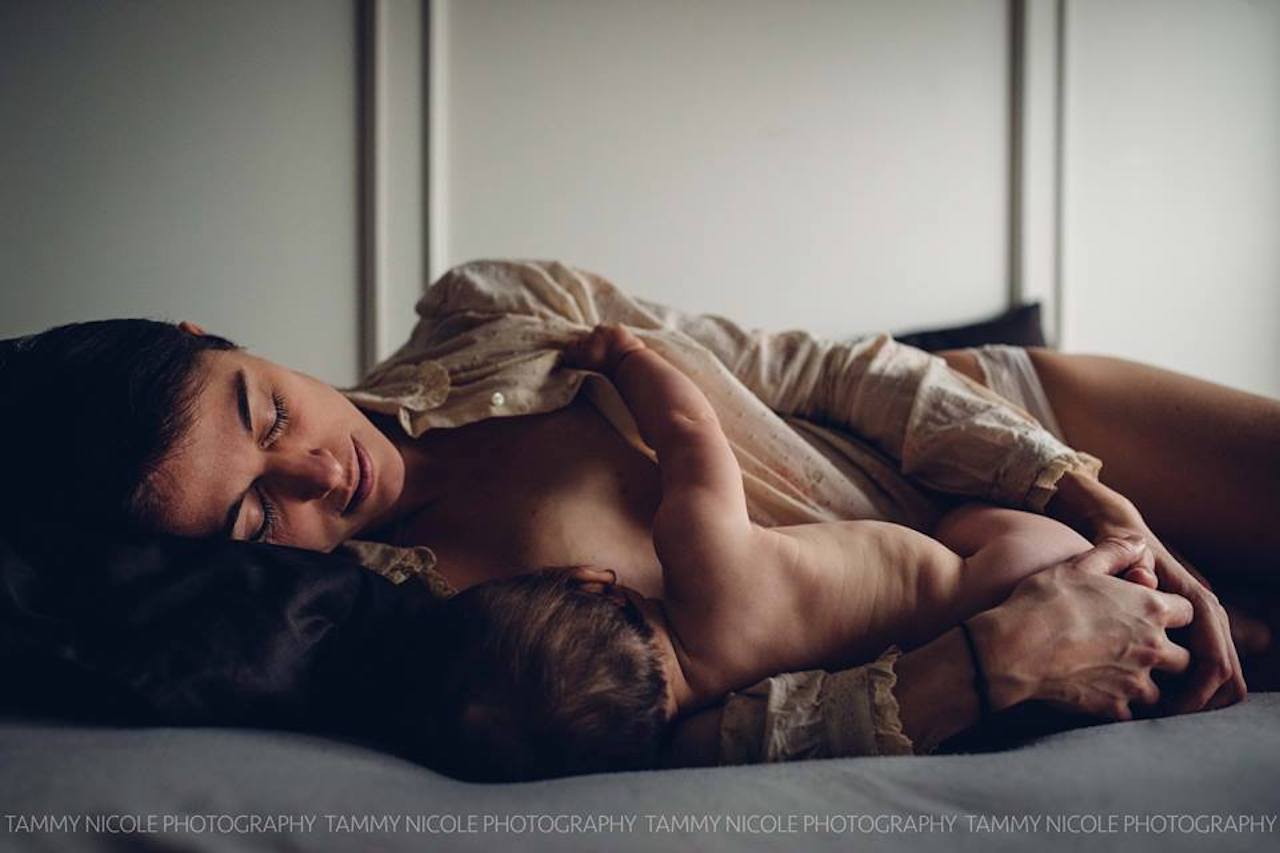
Common Breastfeeding Problems
Your breast will need to adjust to baby’s strong suck. Think of it like wearing flip flops after a long winter… that will hurt, your feet will blister, but within a few days, flip flops will become the most natural thing to wear.
In the process of adjusting to baby’s suck, you can experience one or several of the following:
Sore, Cracked, Blistered, Bleeding Nipples
Those will typically be your first struggles and can start as early as a couple of days after the birth. Baby has been learning to latch and he is sucking hard on a very sensitive part of your body.
It is normal for the tip of your nipples to become sore. You will notice the skin turning white or yellow. If the nipple blisters or cracks, you might experience bleeding. On that note, your baby will likely swallow blood and that is ok. Do not worry about that, he is getting plenty of milk. Worry about healing so you can give him plenty more milk!
Engorgement
Engorgement happens when you start producing a large amount of milk – too much for your baby to consume. It is a very common problem, which you will likely experience in the first days and weeks, especially as your milk comes in.
Breast engorgement can be painful. You will notice your breast to be very hard and hot, you might feel lumps, and your breast could be so large that your nipple appears flattened. That is ok. The goal here will be to empty your breast as much as possible. Feed your baby. If you feel like he can’t latch properly, try expressing milk with a pump.
Mastitis
Mastitis is painful. It is an inflammation for the breast tissue that can either be caused by a bacteria getting into your milk duct or simply milk remaining in the breast tissue.
You should contact your doctor to find the best way to fight the infection but continue to feed your baby. The milk is not impacted and will not infect your newborn. Weaning with a mastitis would be the worst thing to do since you should be trying to empty the breast affected.
I will not be touching on mastitis in particular in this article, so here is my advice if you are affected:
Feed your baby more often than usual and start with the affected breast. Don’t forget to move baby to the other breast throughout the feed to avoid developing mastitis in the other breast. After baby is fed, express the remaining milk in the sore breast by a pump (manual or electric). If you feel like the milk is stuck (usually due to a stuck milk duct), take a warm shower and try to massage the milk out, starting at the top of your breast and moving your hands towards the nipple.
Tips For Caring For Your Breasts In Case Of Pain
Here we are! What are some of the ways to care for your breasts when you are experiencing pain:
Lanolin


If you plan on breastfeeding, put this one in your hospital bag. Seriously! If you had to leave for the hospital with just one item, make it be a tube of Lanolin!
This particular tube of Lanolin lasted me for all 3 children. I know it is a bit expensive, but you only need a little bit at each use and I still have plenty left after 3 kids 🙂
Lanolin is a natural, fat, and sticky transparent cream. Apply it to your nipple after breastfeeding for a soothing deep moisturizing effect. Do not put on too much – a very thin layer is all you will need to find relief. Use Lanolin when you start feeling the tip of your nipples becoming sore. It is safe for baby when feeding since this Lansinoh uses 100% Lanolin in their cream. I can highly recommend it!!
Breast Milk


Breast milk is a magical thing… I mean it. One of its many benefits is to heal your own breast. As you get blistered, cracked, and simply sore, express a little bit of your own milk after feeding, and rub it on your nipples!
Allow Your Nipples to Air Dry

When it gets bad and Lanolin stops helping (I find Lanolin great for the smaller soreness to provide just the little help you need), start by applying breast milk to your nipples and leave them to dry in plain air. You will probably want to be home for that 🙂 but air will be your best friend. You want your cracked nipples to dry.
Natural Wool


Natural wool is the best kept secret out there. Had I not lived in Germany with 2 newborns, I would have probably never heard of it. It is harder to find in the U.S. but Amazon has it. Same thing… go ahead and buy it before baby comes. Put it on your baby list even if you’re not sure about breastfeeding. Because when baby gets a sore butt, forget the creams… put a thin layer of lamb wool on the affected area, close the diaper, and watch the magic happen. You’ll open the next diaper to a healed little butt!
Back to your breasts! After over 2 years of breastfeeding, this one never left my side! As I just said, when your nipples get bad, you will want to keep them as dry as possible. That’s exactly what natural wool does. After feeding baby, put a layer of wool on top of each nipple, keep it in your bra, all day, and reuse it (use a new piece every day). You will not believe the relief you will get from it.
It will keep the area dry and from getting infected. It will also provide the best shield against any sort of rub. If you have sore nipples, you know that even the feel of wind on your breast can hurt, and the prospect of putting your bra or a shirt back on can make you cry. Put wool on nipples for the best protection and to drastically reduce the pain!
Wool Reusable Breast Pads


Talking about breast pads, you will need those to protect from leaks. I tried disposable pads for about 1 week and donated the rest of my box. I never looked back. They would be soaked in milk, keep my breast wet and made the skin get worse. On a fairly dry day, they would stick to my breast and I would need to remove cotton residues before feeding a hungry baby…
Purchase reusable breast pads made of wool. I have used mine for all 3 kids and rotated on 2 pairs that I would rinse under clear water or with mild soap at night.
Same benefits here – the wool will protect your breast and absorb enormous amounts of milk, while keeping your nipples dry. I personally applied actual wool too on bad days! For the added soothing and dryness.
Cold Yogurt


There will be nights when, after feeding your baby all day, and airing your breasts for a while, you will want soothing.
It might sound simple and silly but try it once and you will be rubbing yourself in cold yogurt every night. As you relax and watch TV or read a book, put cold yogurt from the fridge on a paper towel and apply to your nipples. Let it sit as long as you are resting. The soothing is instantaneous! The cool and the yogurt will take the burn away.
When you are finished, rinse with water, air dry, put the wool back on your nipple and the wool breast pads back on.
Apply Heat

Heat is especially helpful in case of engorgement. If you feel that your breasts are becoming hard and too full, apply hot compresses to your breast before feeding baby.
Hot Shower
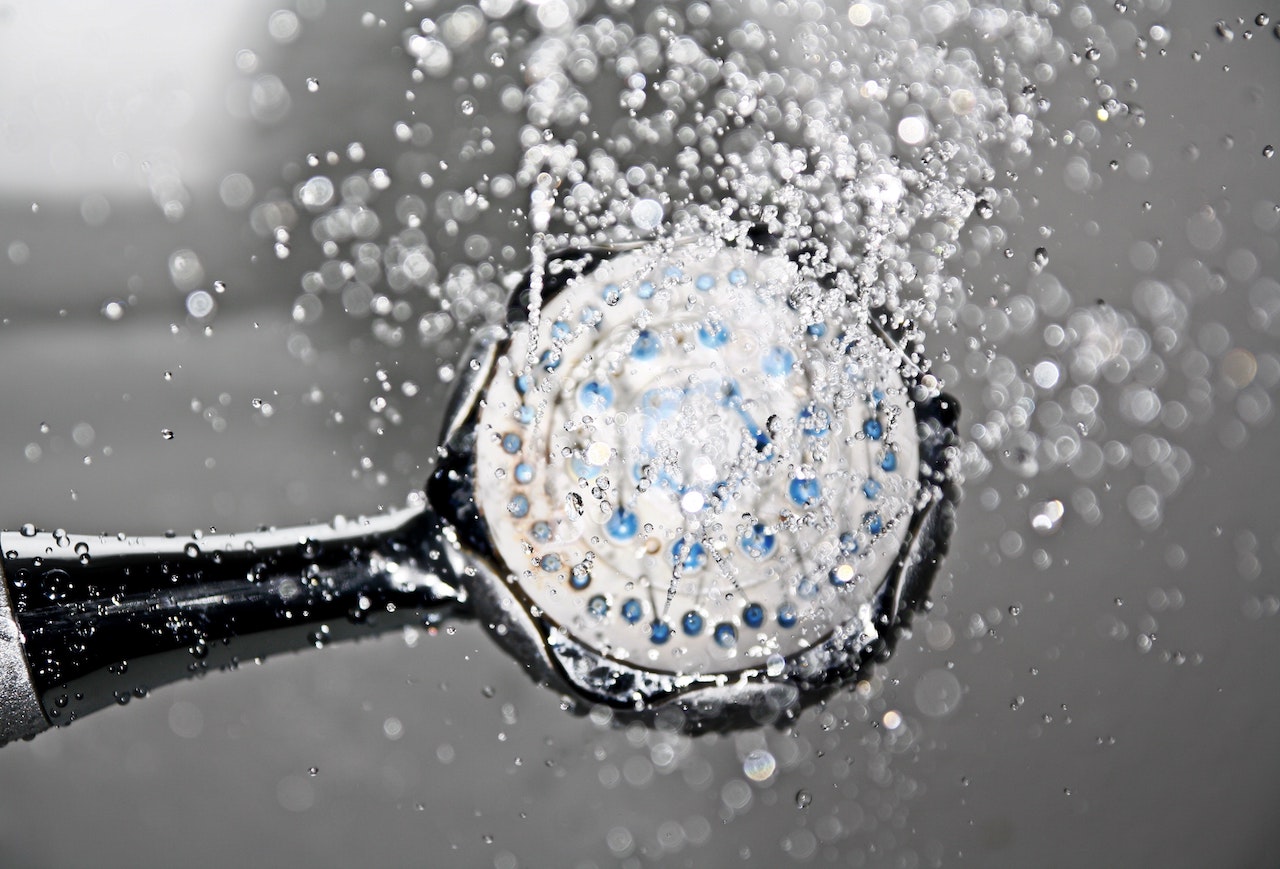
Hot showers are wonderful if you experience engorgements or mastitis. The heat will allow the milk ducts to enlarge and hopefully release some of the milk. Let the milk run out freely while showering, the heat is doing its work.
If your milk is really stuck, massage your breast from the top and sides towards the nipples in continuous movements, as if you were guiding the milk out. Doing so under a hot shower with enlarged milk ducts, should relieve some of the pressure. You can use that same motion while feeding baby if you are experiencing engorgements or mastitis.
Apply Cool


Cold is a wonderful anesthetic. Before feeding baby, stick with heat. But after feeding her, apply cool compresses or frozen peas / cabbage leaf to relieve some of the heat and keep the swelling down. Anything frozen should be wrapped in a kitchen cloth to avoid injuries!
Pump Milk Out


If you are feeding your baby by mouth, I only recommend pumping if you need to empty your breast in case of engorgement or mastitis. In that case, feed your baby as you normally would and when she is fully fed, empty the rest of the milk with a pump.
Otherwise, try to stick to mouth feeds as much as possible. It is the best way to tell your breast how much to produce for the exact need of your baby!
Resources
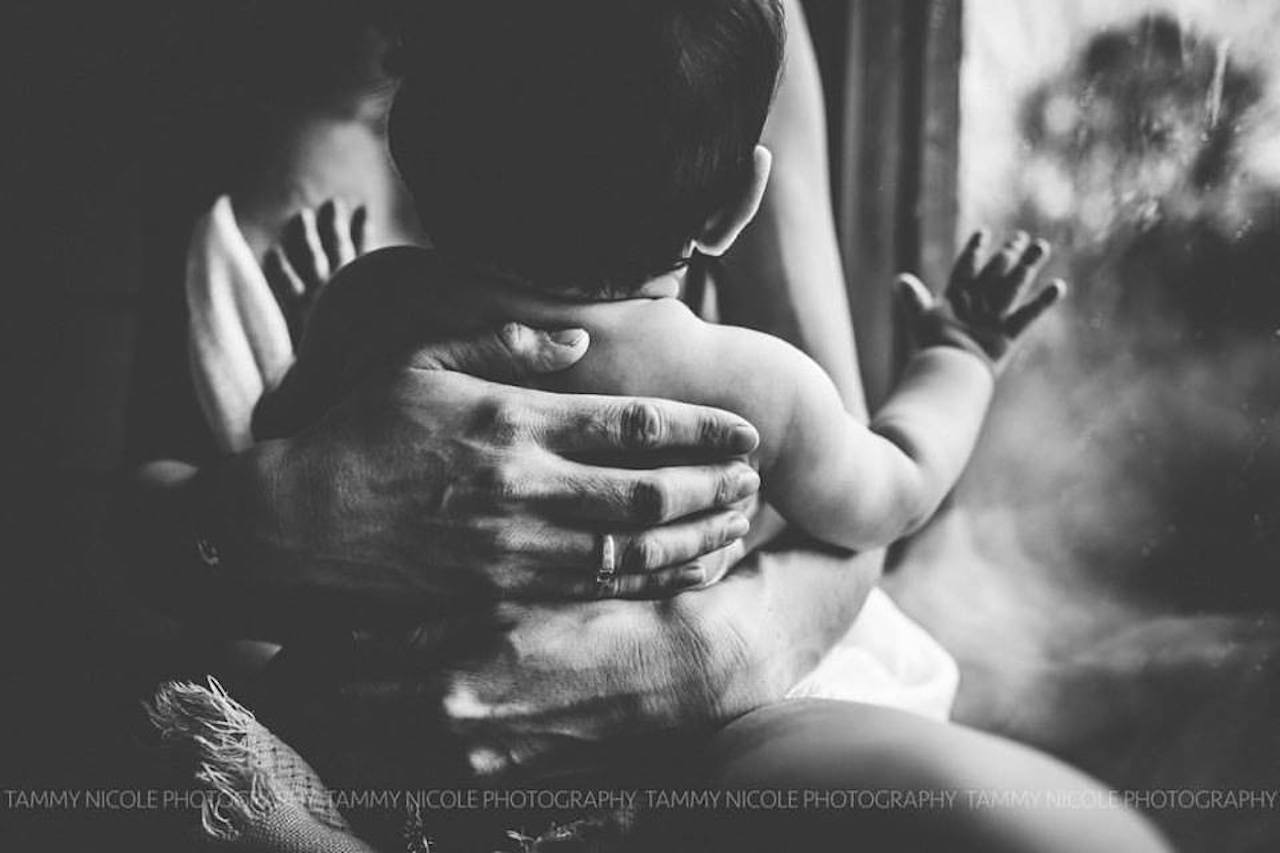
There are many resources in person and online.
- I find Pregnancy Birth & Baby to be a great website with ideas and tips on how to deal with common breastfeeding problems
- Find a La Leche League group near you for parent-to-parent support
- Meet with a lactation consultant or a mid-wife and have someone give you advice based on you and your baby’s experience
- Use the comments box below or send me an email at laura@frugalforluxury.com and I would love to help answer questions!
Breastfeeding truly takes a village! Don’t be lonely and do not go through this on your own. It can be very hard, especially at the beginning. Make sure you talk to others, do some research, and hang in there!
YOU ARE DOING THE BEST FOR YOU AND YOUR BABY!
Thank you for pinning this and helping other moms!

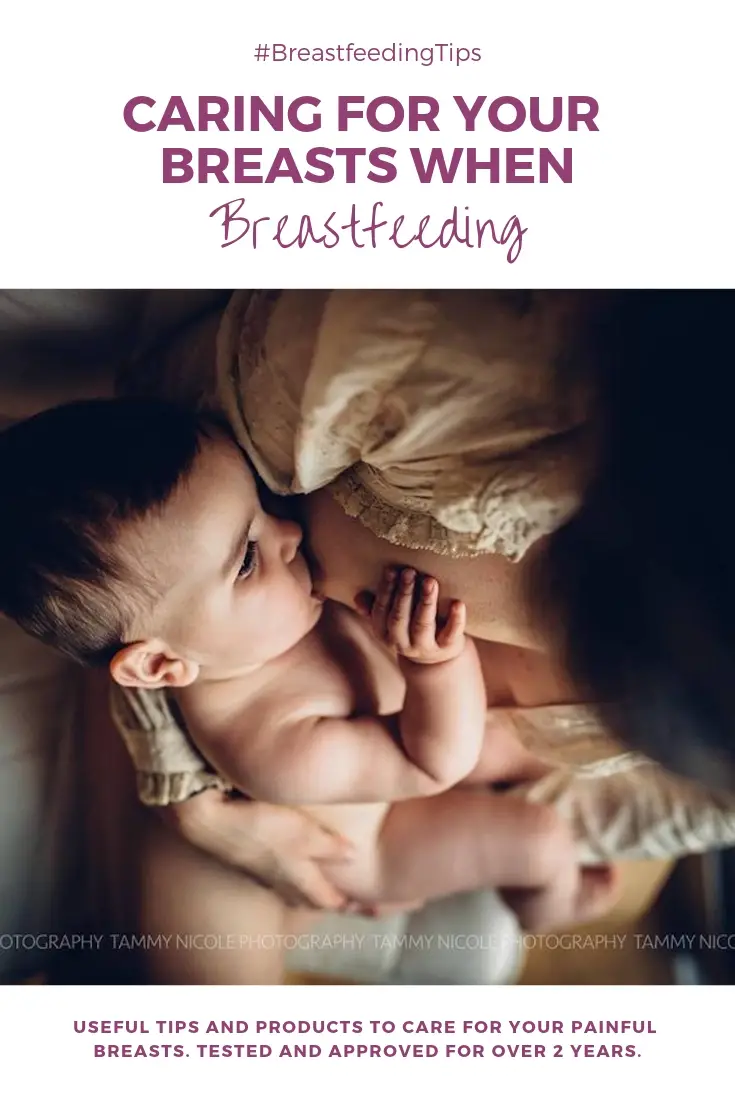
Related articles you might enjoy:
Overcome Baby Colics Naturally
My Biggest Parenting Failure
10 Wishes for my Son
If you enjoy reading us, make sure to sign up for our newsletter!

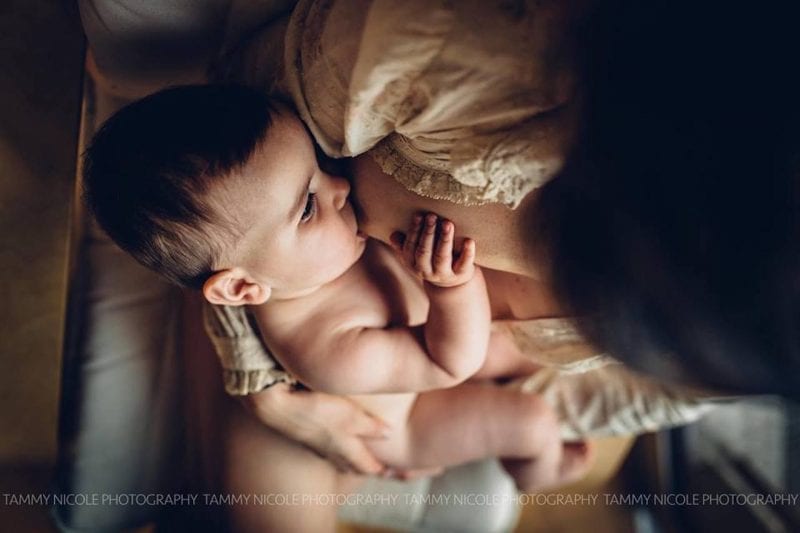

39 Comments